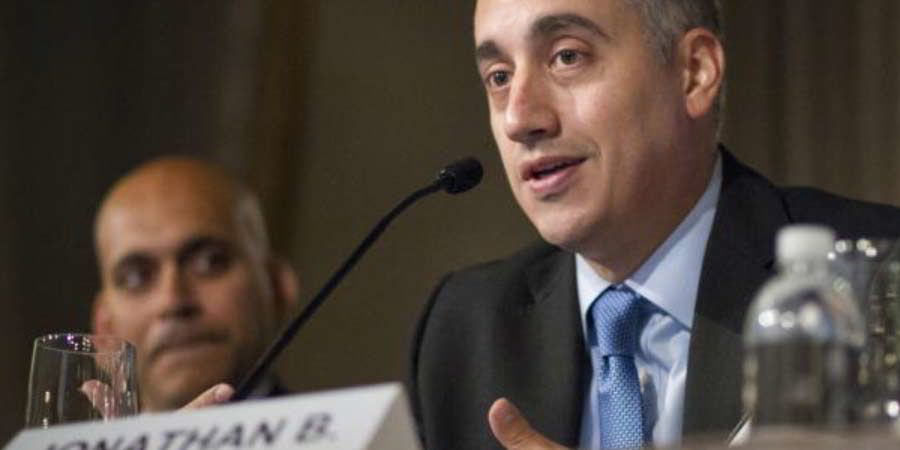In a report headlines “Believe” analyst Jonathan Chappell questions why tanker stocks are not flying higher in a red hot market.
“Tanker cycles are volatile, and often violent,” he said. “The downturns have historically outpaced the upturns in duration and, frequently, magnitude.
“However, these volatile movements are still cycles, not blips or flashes in the pan, and it is about time that investors start to give credit to this current cyclical upturn, rather than waiting ‘for the other shoe to drop’.
Chappell notes both the crude and products markets are exceeding expectations during a traditional seasonally weak period and too much doubt exists regarding the length of the present upcycle.
“We believe that as another earnings season of beats and ‘raises’ unfolds the stocks will finally begin to catch-up to the cash flows,” he said.
Chappell is now projecting VLCC rates of $46,000 per day this year, a 15% bump on his earlier forecast.
His suezmax forecast is up 18% to $40,000 per day, while smaller increases were made to his products tanker numbers.
The redrawn rates view means higher profit is expected for shipowners this year.
Chappell is projecting DHT to record a profit of $0.74 per share for 2015, up by a third on his previous guidance.
Euronav’s EPS expectation is 36% up at $2.13 and suezmax specialist Nordic American Tankers 94% up at $1.26 per share.
Muted orders adds legs
Chappell believes the VLCC newbuilding orderbook remains manageable, but is mindful of further growth.
“Shipowners can’t help themselves. They just can’t,” he worte. “If they are making a lot of money in an upturn, there are only so many places to spend that money, and given that their lives (and livelihoods) are tied to the shipping markets, a lot of that money ends up back in South Korea and Japan in the form of newbuild orders.
“We have already seen a pickup in ordering activity, though we would characterize the trends as modest.”
He notes the VLCC orderbook today sits at 112 vessels, of which about 30% are controlled by private equity funds.
“We believe those firms have made their investments in assets and are more interested in disposing of ships at a profit, rather than adding more tonnage,” he said.
A further 35% of the VLCCs on order are controlled by state-backed owners, who have cargoes for the ships and existing fleets to renew.
“All told, although we are not naive enough to believe ordering will remain muted if rates continue to exceed expectations we believe the traditional ramp-up in capacity may be more prolonged over the next six-12 months, adding legs to the current cycle,” Chappell concluded.



